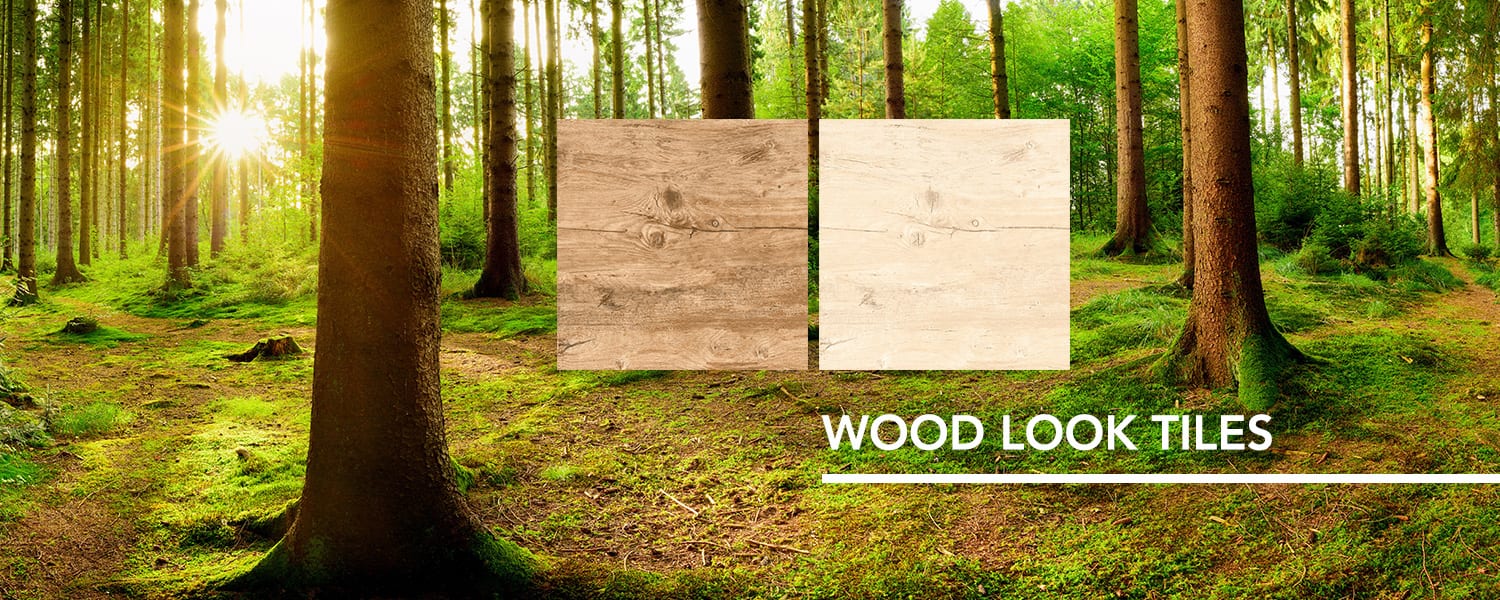DIY Tiling Series Part 1 – Floor Perperation For Porcelain Tiles
DIY tiling is easy if you follow the basic floor preparation steps and tick all the boxes before commencing your exciting project. You must ensure you have done your research before embarking on this challenge. You don’t want to waste countless hours tilling and have it turn out wrong.
Over the next couple of weeks, we will be going through the steps of how to tile your floor using porcelain tiles. This process is not a quick one so we will break it into bite size chunks.
Initial Floor Preparation Steps
Step 1: Prepare your sub-floor
To start off you need to make sure that your sub-floor (floor beneath your tiles) is prepared properly. The sub-floor needs to be level and there must be no holes for the tile adhesive to seep into. Different preparation is needed for different sub-floors.
Step 2: Find the center point of the room
Once you have made sure your sub-floor is correct you need to plan your layout. Firstly, you need to find the center point of the room. To do this you need to find the midpoint of all four walls. Lay a chalk line from the midpoint of one wall to the midpoint of the opposite wall and snap the chalk line. Repeat for the other two walls. From where the two lines cross, measure 1.2m and make a mark. Repeat with the line perpendicular, but measure 1.6m and make a mark. If the distance between both points is 2m your room is square. If not then adjust one chalk line so the distance is 2m. Prepare for adjustments as its not common for a room to be equilateral. Be sure to adjust one chalk line because if you move both you have to start the measuring again.
Step 3: Dry lay
Dry lay is the final floor preparation step that includes laying tiles without adhesive to plan your layout. This process is important to ensure your tiles are centered in the room. Start by dry laying a single row of tiles, with recommended spacers, from the center of the room to the wall. When you can no longer place another full tile stop laying tiles. If the space between the last tile and the wall is smaller than one-third of a tile adjust the chalk lines so there is a half tile space on both sides of the room. If the spaces are different on either side of the room it will look off-center. Create another line to the adjacent wall in the same quadrant as the other line of tiles.
Now that your sub-floor is prepped, your room is centered and you have planned your tile layout you can move onto laying your tiles with adhesive. Don’t jump the gun, the next post will be out soon to show you how to start laying your tiles.
If you have any questions about how to tile by yourself be sure to ask us via email or Facebook.




